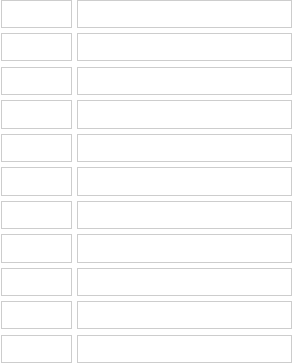
© Maggie Kilbey & Marcel Glover 2025
St Andrew, Boxford (Berkshire)




Barrel Organs in English Parish Churches
Barrel organ by an unknown builder, c.1810. The Royal coat of arms on the painted nameplate was used during the period 1801-16 but the
builder’s name, starting with ‘W’, has either worn away or been removed. Barrel 4 is labelled ‘Flight & Robson, Organ Builders, St Martins
Lane, Charing Cross, No 101, London’, where they worked from 1807 to 1832. Barrel 5 is pinned with a selection of traditional dances,
marches and patriotic tunes popular in the late eighteenth century, suggesting the organ was originally purchased for domestic use.
References: Boston & Langwill (1967);
Reading Evening Post (8 Feb. 1969) p.3;
Elsie Huntley, Boxford Barleycorn: The
Story of An English Village (Abingdon,
1970) pp.46-7 & 81; Country Life (1 Dec.
1977) p.1626; NPOR, N09938.




BARREL 1
Tune
Metre
1.1
77.77.D
1.2
LM
1.3
LM
1.4
CM
1.5
CM
1.6
CM
1.7
SM
1.8
CM
1.9
SM
1.10



BARREL 2
Tune
Metre
2.1
CM
2.2
104th Psalm [Hanover]
104th
2.3
LM
2.4
Whittons [New York]
CM
2.5
CM
2.6
2.7
CM
2.8
LM
2.9
CMD
2.10
LM
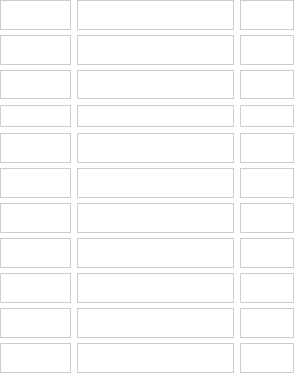


BARREL 3
Tune
Metre
3.1
87.D
3.2
LM
3.3
3.4
CM
3.5
3.6
CM
3.7
113th
3.8
LM
3.9
3.10
CM
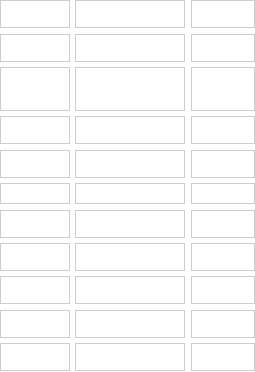


BARREL 4
Tune
Metre
4.1
4.2
CM
4.3
Lincoln [Oxford]
CM
4.4
Wakefield
[Abingdon]
CM
4.5
CM
4.6
4.7
LM
4.8
LM
4.9
4.10
87.87.D
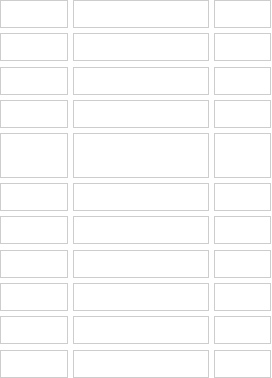
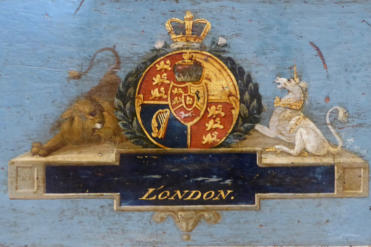
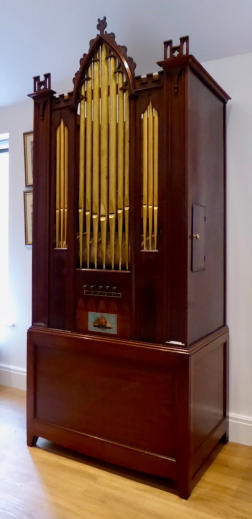
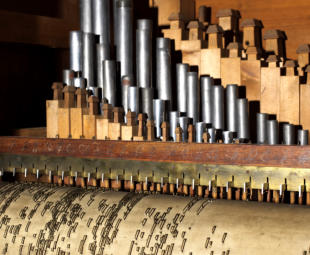
In 1824 Samuel Hughes was paid £2 ‘for playing the organ’ in the church, likely to have been this instrument. Removed from the church’s
west gallery in 1904, the organ is now located in the Heritage Centre in the churchyard.
The organ is operated from the front and blown by the crank handle. The mahogany Gothic case has three flats of gilded dummy pipes
(3-7-3) formerly backed with red cloth.
Stop list: Diapason 8’, Principal 4’, Twelfth 2’, Fifteenth 2’, Flute.
Restored by Goetze & Gwynn in 2016 at the instigation of Andrew Lyle:
www.goetzegwynn.co.uk/organ/boxford-berkshire-restoration-of-the-barrel-organ-at-st-andrews-church/
Tunes recorded in 2022.
5 carriage-mounted barrels x 10 tunes; a number of tunes, especially on barrel 1, have been repinned. The tunes ‘Abingdon’ (barrel 1)
and ‘Wakefield’ (barrel 4) are different versions of the same tune. The same applies to ‘St Anne’ (barrel 2) and ‘Leeds’ (barrel 4). The two
handwritten tunelists are of a later date: they include names of the replacement tunes, and although ‘God Save the K’ is written on the
end of barrel 5’s carriage, the tunelists give ‘God Save the Queen’.
Photos: M. Kilbey and M. Glover.

© Maggie Kilbey & Marcel Glover 2025
Barrel Organs in English Parish Churches




St Andrew, Boxford (Berkshire)
Barrel organ by an unknown
builder, c.1810. The Royal coat of
arms on the painted nameplate
was used during the period 1801-
16 but the builder’s name, starting
with ‘W’, has either worn away or
been removed. Barrel 4 is labelled
‘Flight & Robson, Organ Builders,
St Martins Lane, Charing Cross,
No 101, London’, where they
worked from 1807 to 1832. Barrel
5 is pinned with a selection of
traditional dances, marches and
patriotic tunes popular in the late
eighteenth century, suggesting
the organ was originally
purchased for domestic use.
References: Boston & Langwill (1967); Reading Evening Post (8
Feb. 1969) p.3; Elsie Huntley, Boxford Barleycorn: The Story of
An English Village (Abingdon, 1970) pp.46-7 & 81; Country Life
(1 Dec. 1977) p.1626; NPOR, N09938.
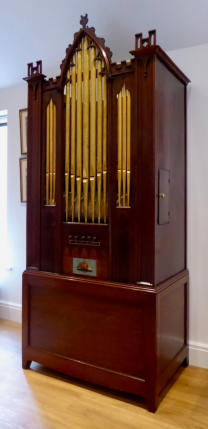



BARREL 1
Tune
Metre
1.1
77.77.D
1.2
LM
1.3
LM
1.4
CM
1.5
CM
1.6
CM
1.7
SM
1.8
CM
1.9
SM
1.10




BARREL 2
Tune
Metre
2.1
CM
2.2
104th Psalm [Hanover]
104th
2.3
LM
2.4
Whittons [New York]
CM
2.5
CM
2.6
2.7
CM
2.8
LM
2.9
CMD
2.10
LM



BARREL 3
Tune
Metre
3.1
87.D
3.2
LM
3.3
3.4
CM
3.5
3.6
CM
3.7
113th
3.8
LM
3.9
3.10
CM
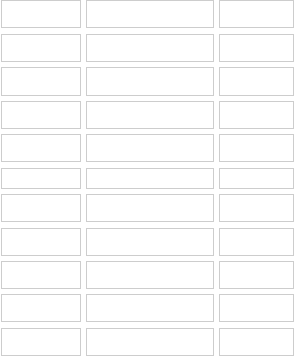


BARREL 4
Tune
Metre
4.1
4.2
CM
4.3
Lincoln [Oxford]
CM
4.4
Wakefield
[Abingdon]
CM
4.5
CM
4.6
4.7
LM
4.8
LM
4.9
4.10
87.87.D
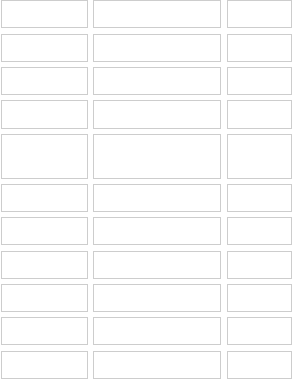
In 1824 Samuel Hughes was paid £2 ‘for playing the organ’ in the
church, likely to have been this instrument. Removed from the church’s
west gallery in 1904, the organ is now located in the Heritage Centre in
the churchyard.
The organ is operated from the front and blown by the crank handle.
The mahogany Gothic case has three flats of gilded dummy pipes (3-7-3)
formerly backed with red cloth.
Stop list: Diapason 8’, Principal 4’, Twelfth 2’, Fifteenth 2’, Flute.
Restored by Goetze & Gwynn in 2016 at the instigation of Andrew Lyle:
www.goetzegwynn.co.uk/organ/boxford-berkshire-restoration-of-the-
barrel-organ-at-st-andrews-church/
Tunes recorded in 2022.
5 carriage-mounted barrels x 10 tunes; a number of tunes, especially on
barrel 1, have been repinned. The tunes ‘Abingdon’ (barrel 1) and
‘Wakefield’ (barrel 4) are different versions of the same tune. The same
applies to ‘St Anne’ (barrel 2) and ‘Leeds’ (barrel 4). The two handwritten
tunelists are of a later date: they include names of the replacement
tunes, and although ‘God Save the K’ is written on the end of barrel 5’s
carriage, the tunelists give ‘God Save the Queen’.
Photos: M. Kilbey and M. Glover.


















